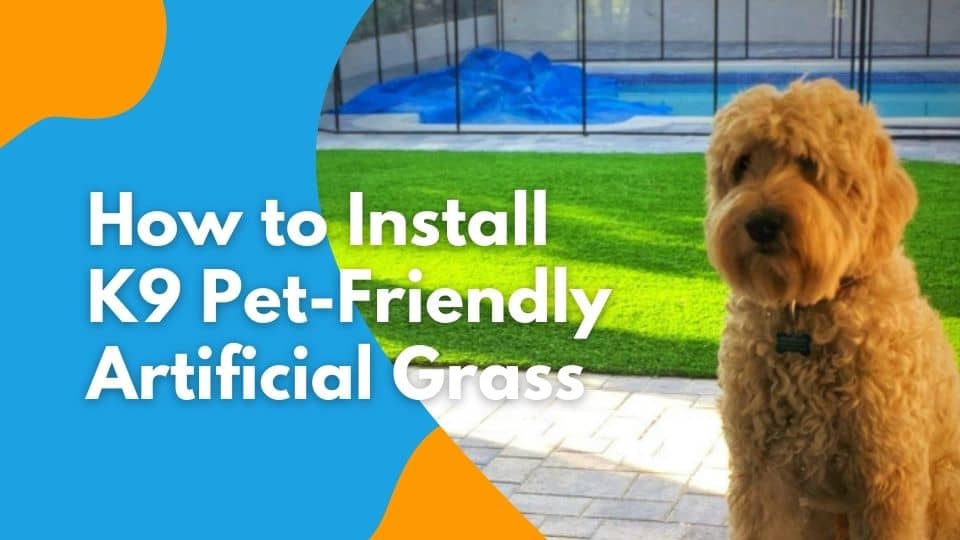
Learn how to install K9 pet turf artificial grass systems for dogs. Discover the best and most used approaches to proper pet turf drainage, and why it's so necessary....
Learn the importance of edging between artificial grass and other landscapes to maintain the integrity of your installation. Discover the different border options for artificial turf edging and when they're recommended in your space.
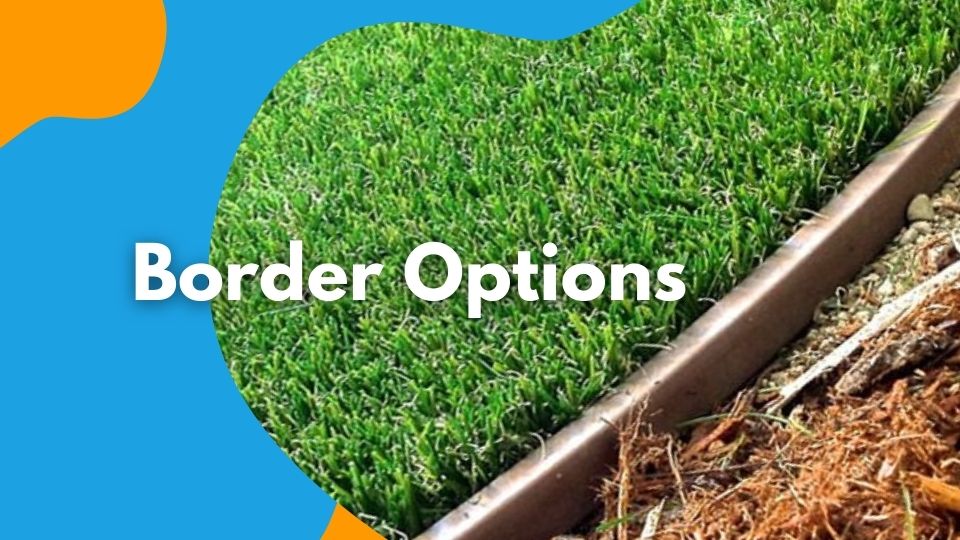
Borders are an important landscaping addition when it comes to installing artificial grass in your space. Without artificial turf edging, the base won't be held in place adequately and over time the sides will begin to detach. Long story short - you'll lose all the value you put into this project. It's important to understand the different borders offered to make the best decision for your space.
Outdoor landscape edging is when you provide a barrier between the installed turf and other surfaces; such as fences, bushes, or planters. It is important to consider edging not just for aesthetics - it also acts as a restraint for aggregates in groundwork construction.
Additionally, edging provides an anchor point at the perimeter of your lawn so that you do not have any gaps or spaces between the turf and hardscapes. To find the best border for your artificial grass project, reference our list below to see when they work best. Keep reading below to get some artificial grass border ideas!
Without proper edging, your synthetic turf installation can encounter several issues. One major problem as mentioned above is the potential for aggregates in the base to spill out under pressure from activities and foot traffic, resulting in an uneven and unsightly appearance.
Additionally, soil erosion can pose a threat to the integrity of your artificial grass installation, causing a messy lawn. By implementing edging around the perimeters of your lawn, you can effectively prevent these issues from occurring.
Lastly, while weeds cannot grow through artificial turf, they can still break through the seams of an installation. Edging serves as a protective barrier, preventing weeds from infiltrating the outer edges of your synthetic grass lawn.
The most popular artificial grass border is a typical plastic bender board. The result is a pliable and strong board that is able to contour evenly and consistently. However, this type of material is almost impossible to place in areas where a straight line is needed. When the landscape requires a straight border, treated wood boards must be substituted.
Many homeowners use an alternative product called Wonder Edge because it's easy to install, but we don't recommend this product. Wonder Edge doesn't support the base and will over time fall apart.
Treated wood boards are made with wood that is chemically treated to resist acts of nature. This includes moisture and fluctuating temperatures. Treated wood boards will not expand with the change in temperature, and will hold a very durable straight line serving you for years to come.
Treated wood boards can be installed to be open or hidden. When it's hidden, we staple the artificial grass on top of the bender board. This type of installation is most popular when we are installing on playgrounds or pet-friendly turf. We don't use nails during this method, making it a safer option for kids and pets. Instead, we use galvanized heavy-duty staples to secure the turf. Note that a nail-free installation will raise the price.
The third type of edging is with aluminum bender boards. These are often seen in areas such as parks, commercial walkways, and hotels. Aluminum bender boards are expensive and more difficult to install. However, they won't discolor over time and are much more durable. Clients often go with aluminum bender boards for putting greens and areas that are sloped, where additional durability is required.
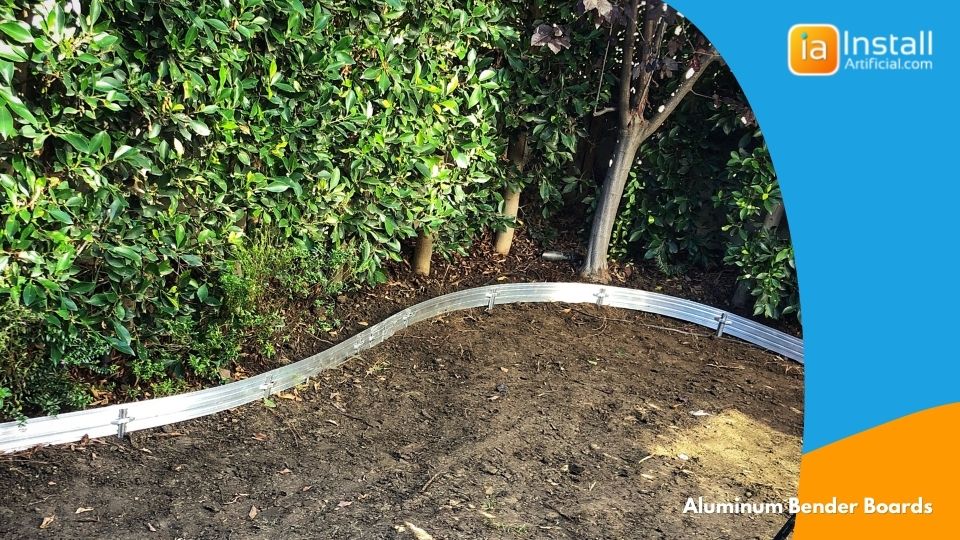
We also offer the option to simply install concrete in areas that need a border. When adding concrete, we can be creative by making different shapes and forms. However, concrete requires a lot of labor and is usually installed when requested by designers for customized projects.
You can see our edging options within our proposals. By default, we include the typical plastic bender boards because it's the most cost-effective. The pricing for each option is clearly laid out in the estimate for the client to ultimately make the decision.
At InstallArtificial, we stand out from other installation companies. You can see in our portfolio that the edges are smooth in every installation. We use only materials that are proven to survive acts of nature. For example, we use plastic stakes and never wooden because wood stakes will disintegrate in a few years. While other installers only care about the installation looking good today, we set your space up for success to last for years! Request an estimate today.
For seamless installation of bender board to separate turf areas, follow these simple steps:
Begin by clearing any debris, rocks, or vegetation from the desired boundary where you want to create a division between turf areas. This step is crucial for ensuring a smooth and even installation. Take the time to level the ground and remove any obstacles that may interfere with the placement of the bender board.
Accurately measure the length of the boundary and mark it using stakes or flags. This will serve as a guide during the installation process, ensuring that the bender board is placed evenly and in alignment with your desired turf area. Precision is key to achieving a professional and polished look.
Excavate a narrow trench along the marked boundary. The depth of the trench should be half the height of the bender board, with an additional inch or two for secure installation. This will allow the bender board to sit at the appropriate level, creating a clean separation line between the turf areas.
Carefully place the bender board into the trench, making sure it sits flush with the ground. Take your time to ensure that the board is straight and properly aligned with the marked boundary. The flexibility of the bender board allows for gentle curves if needed, providing a seamless transition between different areas of your artificial grass.
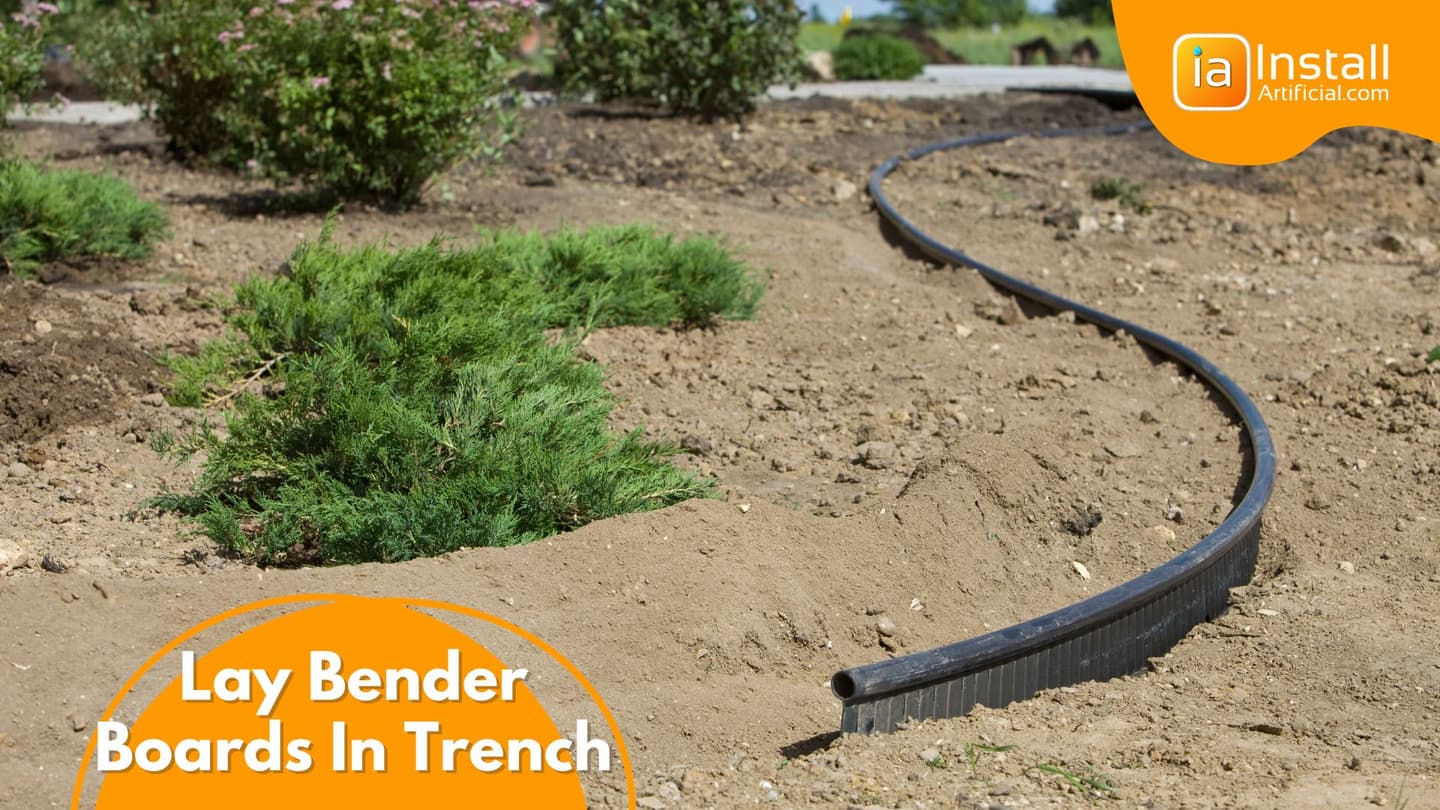
Use stakes or anchors to secure the bender board in place at regular intervals, typically every 4-6 feet. This will provide stability and prevent any shifting or movement of the board over time. Drive the stakes or anchors through pre-drilled holes in the bender board and into the ground, ensuring a secure and durable installation.
In some cases, your boundary may require multiple lengths of bender board. If this is the case, overlap the ends slightly and use connectors or screws to join them securely. It's crucial to ensure a seamless connection between the pieces to maintain a neat and professional appearance. Take care to align the boards properly and secure them tightly for a cohesive and visually appealing result.
Once the bender board is securely in place, fill the trench with soil, compacting it gently to provide support for the board. Smooth out the soil on both sides of the board to create a clean and smooth transition between the turf areas. Take the time to clean up any excess soil or debris, ensuring a tidy and well-finished installation.
By following these steps, you'll be able to effortlessly install bender board and achieve a well-defined separation between your turf areas. Remember to take your time, pay attention to detail, and ensure proper alignment and stability for a professional and long-lasting result. Enjoy the beauty and functionality of your artificial grass, enhanced by the clean and precise borders provided by the bender board.
Making the most of your artificial grass installation goes beyond simply selecting an edging option. To truly maximize the benefits and aesthetic of your synthetic turf, consider the following recommendations:
1. Proper Planning
Before starting the installation process, take some time to plan out the design and layout of your artificial grass. Consider the various elements in your outdoor space, such as trees, flower beds, or pathways, and decide how the synthetic turf will complement and enhance these features.
2. Professional Assistance
If you feel overwhelmed or unsure about the installation process, it is advisable to seek professional assistance. Companies specializing in artificial turf installations, like Artificial Turf Express, can provide valuable advice, expertise, and design tips to ensure a successful and visually appealing outcome. Don't hesitate to reach out to them for assistance.
3. Quality Product Selection
When choosing an artificial grass product, opt for high-quality turf that suits your specific needs. Different types of synthetic turf are available, including those designed for landscaping, sports, or pet areas. Consider the intended use of the area and select a product that offers the desired durability, aesthetic, and functionality.
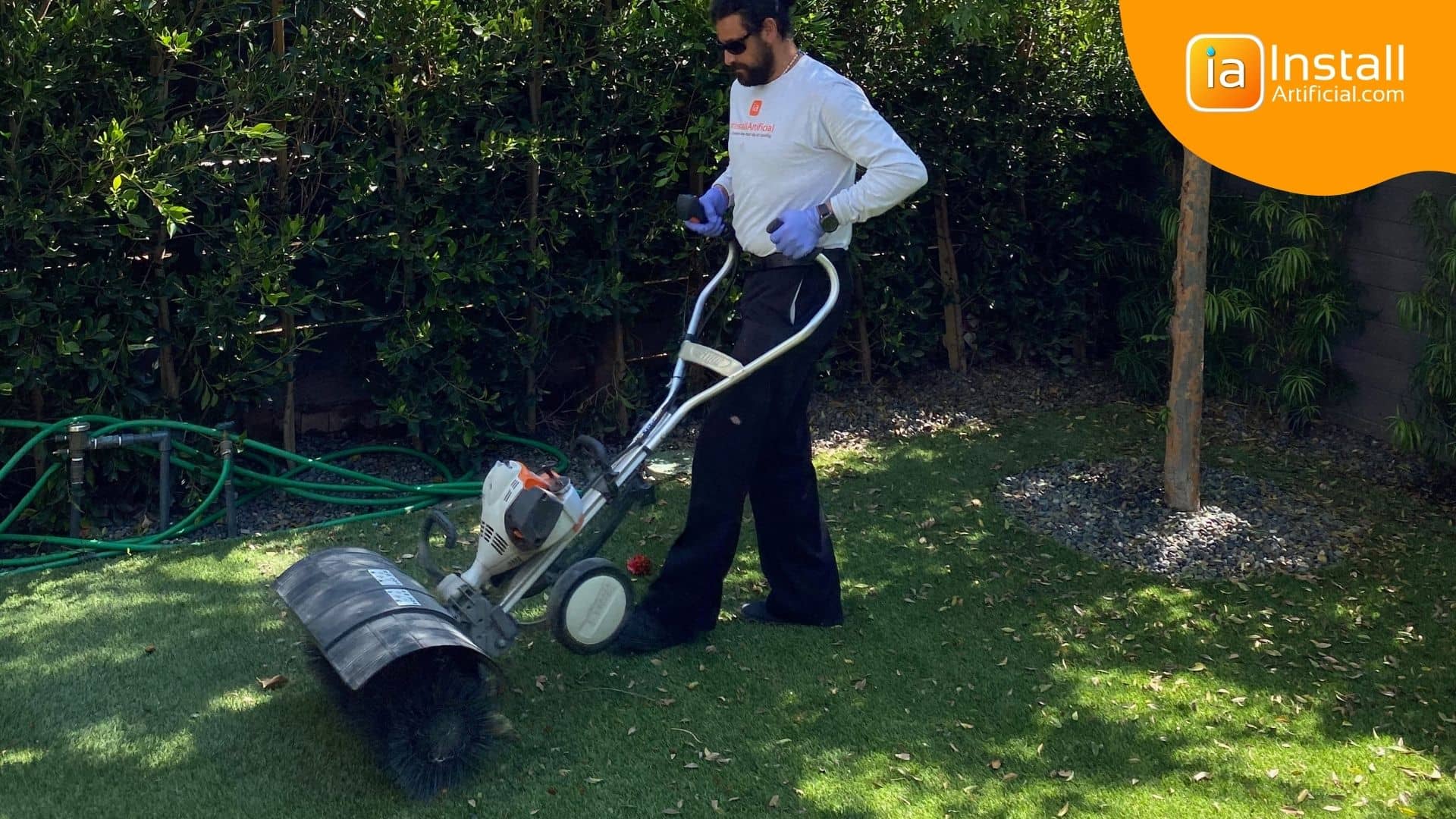
4. Maintenance and Care
Proper maintenance is crucial to enjoying your artificial grass to its fullest in the long run. Regular brushing to keep the fibers upright, occasional rinsing to remove debris, and proactive weed control are important tasks to keep your installation looking pristine. Familiarize yourself with the manufacturer's recommended maintenance guidelines for your specific turf product.
5. Creative Opportunities
The versatility of artificial grass allows for creative implementation in various areas of your outdoor space. Consider incorporating the synthetic turf into unique features such as rooftop gardens, play areas, or putting greens. Let your imagination guide you as you enhance your landscape with the visual appeal of artificial grass.
Remember, making the most of your artificial grass installation involves not only choosing the right edging option but also carefully planning, selecting high-quality products, maintaining the turf properly, and exploring creative opportunities. By following these steps, you can create a stunning and functional outdoor environment that you and your family will enjoy for years to come.
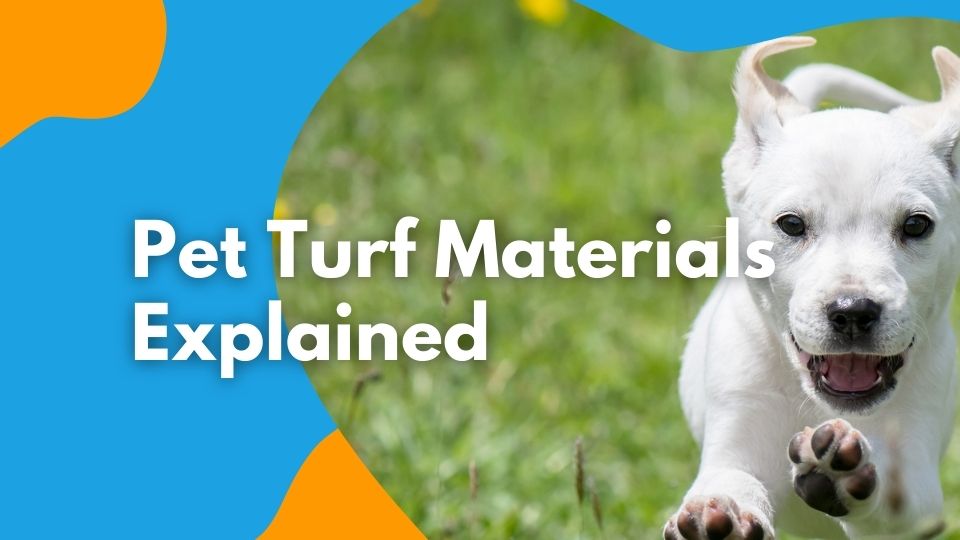
Answering commonly asked questions regarding the artificial grass materials used for pet turf systems. Understand the importance of pet-friendly turf materials in areas...